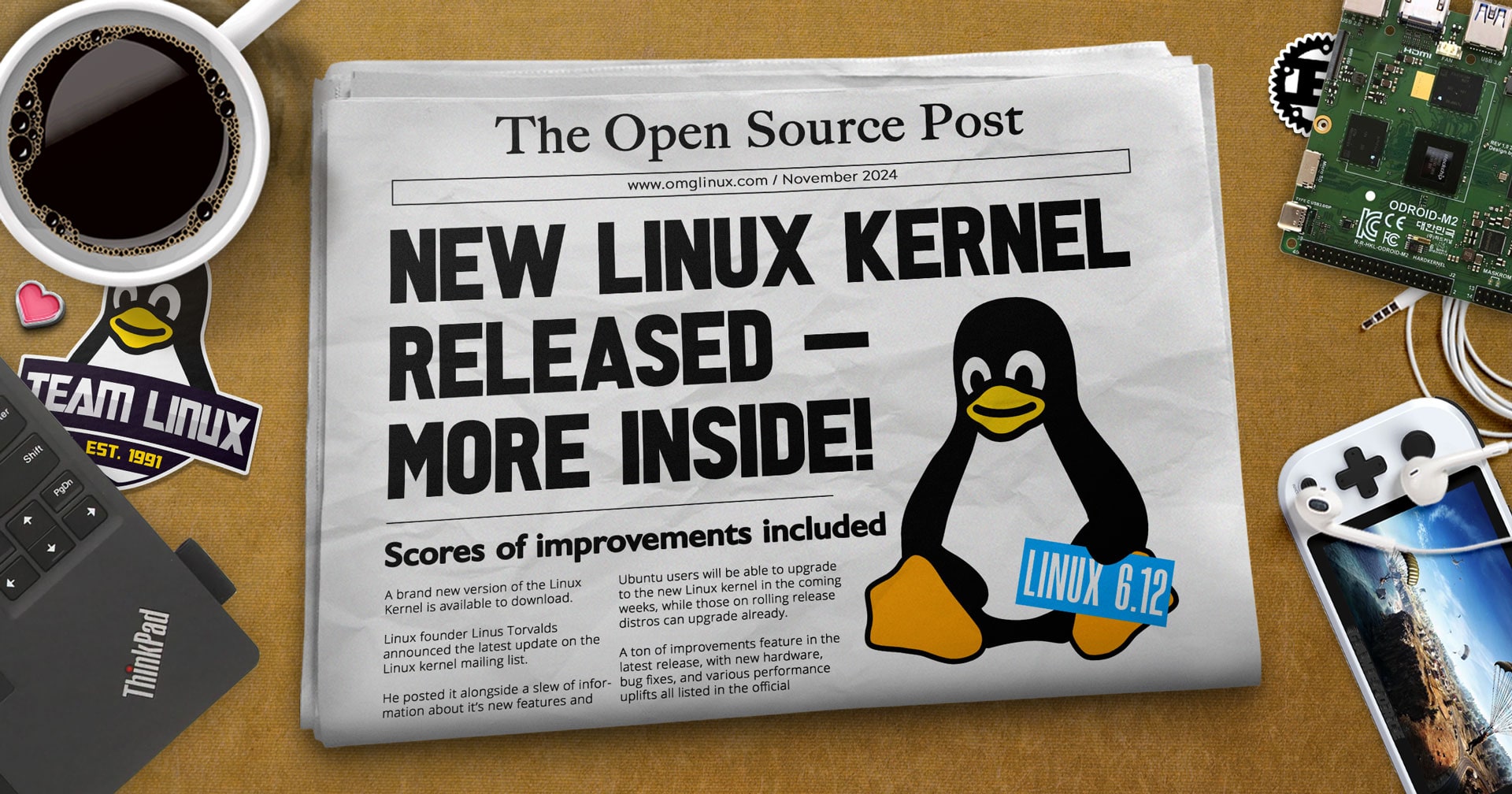- cross-posted to:
- [email protected]
- cross-posted to:
- [email protected]
cross-posted from: https://lemmy.zip/post/26533086
Linux kernel 6.12 is one of the most significant releases of the year, delivering a feature nearly 20 years in the making: true real-time computing.



Actually I think its the other way for gaming: If you have consistent input delay, it will not feel sluggish. Same why consistent 30 fps feels better than varying 31 to 39 fps. Similar for gaming, especially if you play speedrun or 1vs1 fighting games, you would want to have consistent delay. However, if that adds too much delay its probably counterproductive. But for single player games, a consistent delay is the opposite of sluggish.
At low numbers, it doesnt matter. If you exqgerate the numbers the effect is more clear.
Eg. if the latency was 100ms, it would feel your movments are behind by 100ms, which would be unplayable.
But if you had a typical latency of 10ms, with rare spikes to 1s, the spikes would be considered lag, and annoying, but most of the time its good and playable.
@CameronDev @thingsiplay I refer you to this: https://www.pubnub.com/blog/how-fast-is-realtime-human-perception-and-technology/
That said, we did an experiment in a physics class many years ago where by there was a beeper and an electromagnet that were powered by the same source. The electromagnet held a yard stick in place. When the beeper went off we were supposed to push a button in response. The button stopped the fall of the yardstick. Then by calculating how far the yard stick fell using the 32m/s^2 speed of gravitational acceleration we calculated how long response was, average was about 200ms, I responsed in 30ms, however this only works for me for auditory queues, visual is more delayed for me, and I can’t detect any change in under 20ms and just barely at that, let alone respond to it. But what I learned in that class was that reaction times varied individual to individual by a factor of about ten, so what is true for one person may not be for another.
Yeah it definitely varies per person, and I think you can even train for it somewhat.
I used to play a lot of guitar hero, and I think this improved my visual “latency” a lot, to the point where I could definitely tell when something was visually 5-10ms out of sync (in the case of guitar hero, when you strum the bar vs when the note lines up with the strikeline).
@thingsiplay @CameronDev I agree consistent delay is better because your brain automatically adjusts for it, it has several hundred milliseconds of delay built-in, but inconsistent sub-millisecond delay is not going to be humanly detectable.